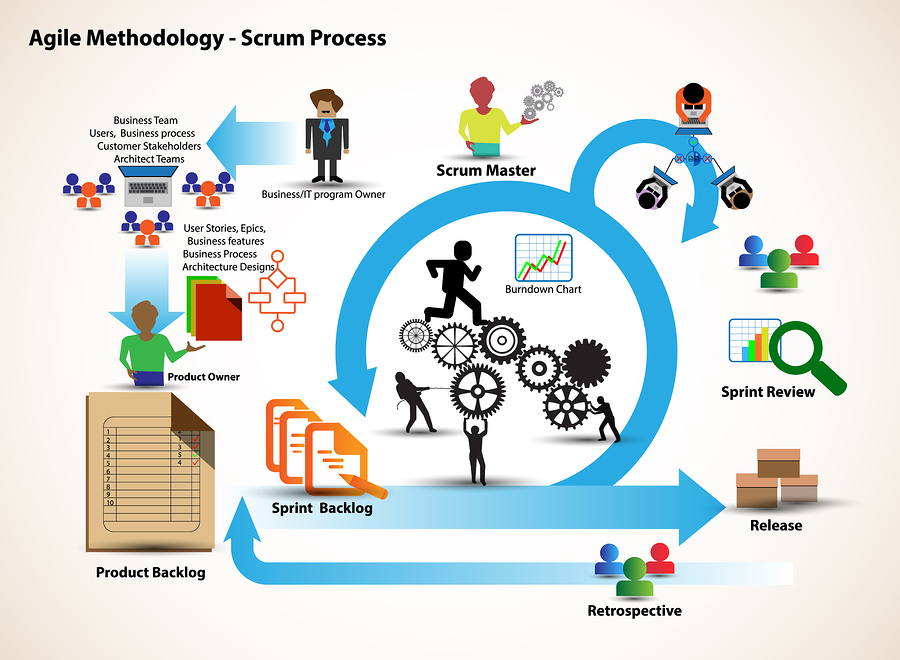In 2001 seventeen software developers got together in Utah¹ to discuss better ways of developing software as well as to do a bit of skiing. Later to be known as the Agile Alliance, these self-declared organization anarchists laid down and signed a document they titled a Manifesto for Agile Software Development. Read the full manifesto here.
In essence the manifesto cries out that software development is a creative process centered on people working in collaborative teams rather than something that can be forced into a rigid process to an inflexible specification. Agile is customer driven and thrives in apparent chaos.
The proclaimed the following values:
- Individuals and Interactions more than processes and tools
- Working Software more than comprehensive documentation
- Customer Collaboration more than contract negotiation
- Responding to Change more than following a plan
This was a tremendous shift from other, more stringent methods of development that had been forced into rigid deployment schedules due in part to the fact these teams were shipping boxes of software loaded with disks and CDs. Yet as the ability to deliver software updates swiftly and easily via cloud based updates or local broad band connections erased the need for software in hardcopy, so too did open the door to a new way of working.
Yet how do we build work environments that support agile methods? How do face the hard truth that real estate is a fixed, when what we need is fluidity and mobility?
Over the next few weeks Real Strategy will be investigating the 12 Principles of Agile Software Development² and offering some suggestions on how to create environments that support these activities.
Darren Fleming
Chief Executive Officer
Real Strategy Advisors Ltd.
¹http://agilemanifesto.org/
²http://agilemanifesto.org/

